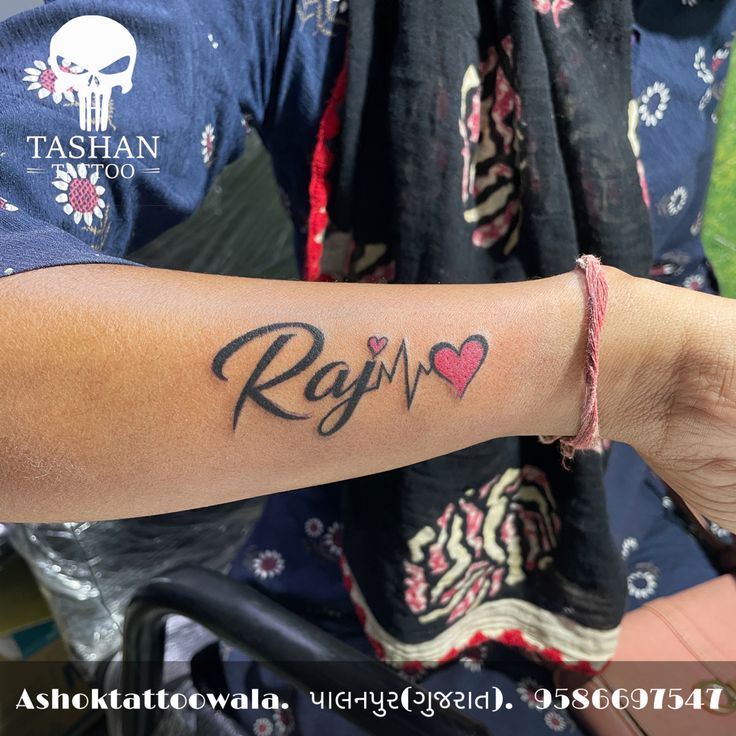Fifth Generation Jet Fighter Overview

Introduction to Fifth Generation Jet Fighters

The development of fifth generation jet fighters marks a significant milestone in the history of military aviation. These aircraft are designed to provide unparalleled capabilities in terms of stealth, maneuverability, and advanced avionics. The fifth generation of jet fighters is characterized by its ability to evade detection, engage targets at long range, and operate in a network-centric environment. This generation of fighters includes aircraft such as the Lockheed Martin F-22 Raptor and the F-35 Lightning II, which have been developed to meet the evolving needs of modern air warfare.
Key Features of Fifth Generation Jet Fighters

Fifth generation jet fighters are equipped with a range of advanced features that set them apart from their predecessors. Some of the key features include: * Stealth Technology: The ability to evade detection by radar and other sensors, making them ideal for reconnaissance and first-strike missions. * Advanced Avionics: Highly sophisticated computer systems and sensors that provide real-time data and enable the pilot to make informed decisions quickly. * Network-Centric Capability: The ability to operate in a networked environment, sharing data and coordinating with other aircraft and ground systems in real-time. * High Angle of Attack: The ability to maintain control and stability at high angles of attack, enabling the aircraft to perform complex maneuvers and engage targets in close combat. * Supersonic Cruise: The ability to maintain supersonic speeds without the use of afterburners, reducing the aircraft’s infrared signature and increasing its range.
Examples of Fifth Generation Jet Fighters

Several countries have developed or are in the process of developing fifth generation jet fighters. Some examples include: * Lockheed Martin F-22 Raptor: A twin-engine, single-seat fighter developed by the United States, known for its exceptional maneuverability and stealth capabilities. * Lockheed Martin F-35 Lightning II: A family of single-engine, single-seat fighters developed by the United States and its allies, designed to provide a range of capabilities including air-to-air, air-to-ground, and reconnaissance missions. * Sukhoi Su-57 Felon: A twin-engine, single-seat fighter developed by Russia, designed to provide advanced capabilities including stealth, maneuverability, and network-centric operation. * Chengdu J-20: A twin-engine, single-seat fighter developed by China, designed to provide advanced capabilities including stealth, maneuverability, and network-centric operation.
Benefits of Fifth Generation Jet Fighters

The development and deployment of fifth generation jet fighters provide a range of benefits to military forces. Some of the key benefits include: * Enhanced Situational Awareness: Advanced sensors and avionics provide pilots with a comprehensive understanding of the battlefield, enabling them to make informed decisions quickly. * Improved Survivability: Stealth technology and advanced maneuverability reduce the risk of detection and engagement by enemy forces. * Increased Effectiveness: Advanced precision-guided munitions and network-centric capability enable pilots to engage targets with greater accuracy and effectiveness. * Reduced Logistics Burden: Advanced materials and design reduce the maintenance and logistics burden, enabling aircraft to remain operational for longer periods.
Challenges and Limitations of Fifth Generation Jet Fighters

Despite their advanced capabilities, fifth generation jet fighters also present a range of challenges and limitations. Some of the key challenges include: * High Development and Operational Costs: The development and operation of fifth generation jet fighters are extremely costly, making them inaccessible to many countries. * Complexity and Maintenance: The advanced systems and materials used in fifth generation jet fighters require specialized maintenance and support, which can be challenging to provide. * Vulnerability to Cyber Attacks: The advanced computer systems and networks used in fifth generation jet fighters make them vulnerable to cyber attacks, which can compromise their effectiveness and security. * Limited Export Potential: The advanced capabilities and sensitive technologies used in fifth generation jet fighters limit their export potential, making them difficult to share with allies and partners.
🚀 Note: The development and deployment of fifth generation jet fighters require significant investment and expertise, and their effectiveness depends on a range of factors including pilot training, logistics, and maintenance.
Future Developments and Upgrades

The development of fifth generation jet fighters is an ongoing process, with new technologies and capabilities being integrated into existing aircraft and new designs being developed. Some of the key future developments and upgrades include: * Advanced Propulsion Systems: New propulsion systems, such as hybrid-electric and advanced turbine engines, which promise to increase efficiency and reduce emissions. * Artificial Intelligence and Machine Learning: The integration of artificial intelligence and machine learning into fifth generation jet fighters, which will enable them to operate more autonomously and make decisions in real-time. * Directed Energy Weapons: The development of directed energy weapons, such as lasers and high-powered microwaves, which will enable fifth generation jet fighters to engage targets with greater precision and effectiveness. * Hypersonic Capabilities: The development of hypersonic capabilities, which will enable fifth generation jet fighters to operate at speeds above Mach 5 and engage targets at long range.
In summary, fifth generation jet fighters represent a significant milestone in the development of military aviation, providing unparalleled capabilities in terms of stealth, maneuverability, and advanced avionics. Despite their advanced capabilities, they also present a range of challenges and limitations, including high development and operational costs, complexity and maintenance, vulnerability to cyber attacks, and limited export potential. As the development of fifth generation jet fighters continues, we can expect to see new technologies and capabilities being integrated into existing aircraft and new designs being developed, which will further enhance their effectiveness and capabilities.
What is the main characteristic of fifth generation jet fighters?

+
The main characteristic of fifth generation jet fighters is their ability to evade detection by radar and other sensors, making them ideal for reconnaissance and first-strike missions.
Which countries have developed fifth generation jet fighters?

+
Several countries have developed or are in the process of developing fifth generation jet fighters, including the United States, Russia, and China.
What are the benefits of fifth generation jet fighters?

+
The benefits of fifth generation jet fighters include enhanced situational awareness, improved survivability, increased effectiveness, and reduced logistics burden.



